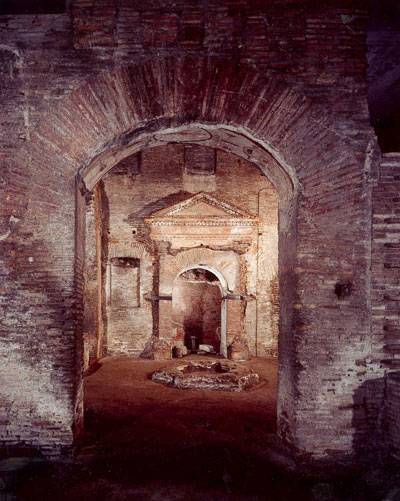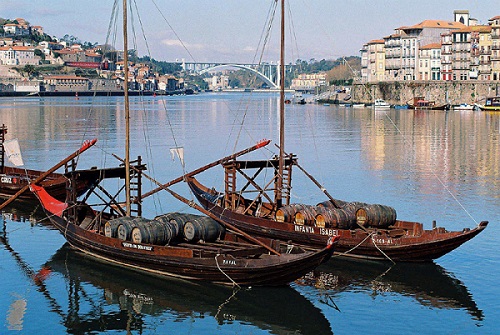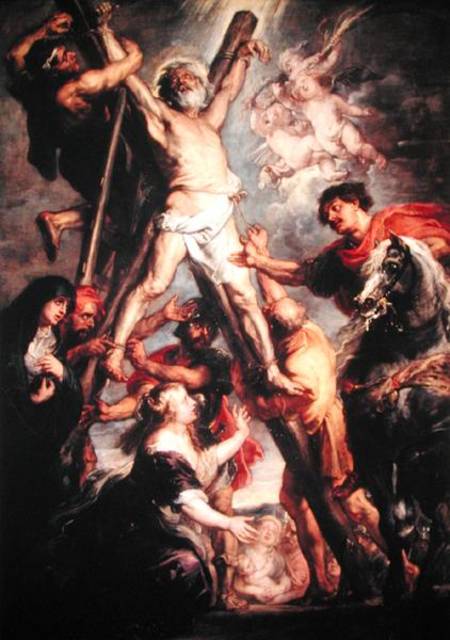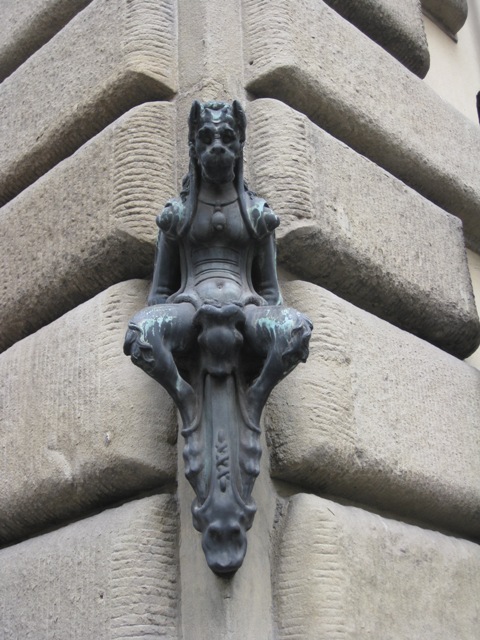
The star-studded fresco on the cupola of the old sacristy at San Lorenzo captures the appearance of the night sky on 4 July 1442 and exactly the same arrangement of heavenly bodies is to be seen within the cupola of the Pazzi Chapel in Santa Croce church – extraordinary given that the works were commissioned for two different places by two different families (the Medici and Pazzi respectively).
The relationship between these two night skies long remained a mystery, but after detailed restoration and examination of the position of the planets and stars, of the ecliptic and its angle, it was determined that this nocturnal view was commissioned to celebrate the arrival in Florence of René of Anjou, the man who – it was hoped – would lead a new crusade against the Infidel. Among his various titles (King of Sicily, King of Hungary, Duke of Bar, King of Anjou and Lorraine, Count of Guise etc) René – who was the son of the Queen of Spain and brother-in-law to the King of France – possessed a title that was even richer in evocative power: King of Jerusalem. Furthermore, in 1442, René was 33 years old, the same age as Christ when he was crucified.
However, the hoped-for Crusade was not all a question of religion: the Holy Land at the time attracted the interest of various great Florentine families, who were bankers to the papacy, Guelf in allegiance (like René himself) and well-versed in overseas trade.
This “fixed” night sky was not created solely with a celebratory function but was also rich in hermetic significance – it was intended to draw on the celestial energy of Jerusalem and “crystallise” it within the vault of the sacristy. The maintenance of this energy would thus support Florence’s claim to the heritage of ancient Jerusalem and at the same time justify its temporal ambitions.
This fresco has been attributed to Giuliano d’Arrigo – known as Il Pesello – who was famous for his paintings of animals. However, such a prodigious scheme also required the service of a skilled astronomer: Paolo dal Pozzo Toscanelli (1397-1482), who was an eminent Florentine scientist as well as being “astrologer” to Cosimo de’ Medici and a friend of Filippo Brunelleschi (architect of both cupolas).
The relations between scientists and artists given an insight into the fervent religious life of 15th-century Florence, and partly explain the interest of these two astronomical frescoes. They are not just expressions of artistic skill but an assertion of the divinatory role of astronomy: the stars indicate “the way”, while the architectural form – in particular, the curved vault of the cupola – is seen as creating a chamber of meditation that can enclose the cosmic forces capable or exerting an influence on earthly events.
This is truly a magnificent site and not to be missed on any visit to Florence, whether it be your first or a subsequent visit. I never cease to be amazed at its beauty.










